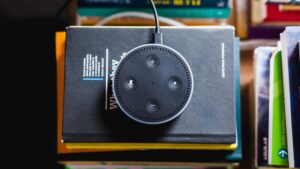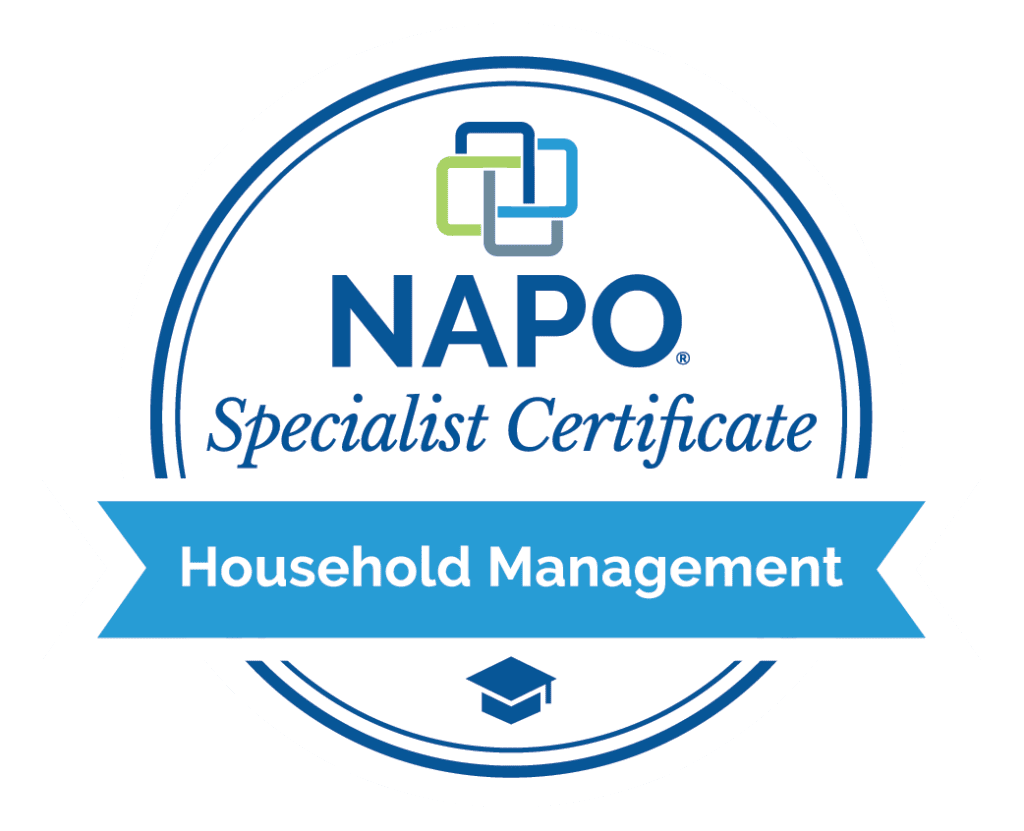Vision Loss in Seniors
Vision loss happens slowly, so it may go unnoticed for an extended period of time. The American Academy of Ophthalmology recommends seniors get an eye exam with dilation at least every two years.
This post may contain affiliate links, which means we may receive a commission if you click a link and purchase something that we have recommended. This commission comes at no additional cost to you, but will help us keep this site up and running and ad-free! Thank you for all the support. You’re under no obligation to purchase anything and should only do so if the product will suit your needs.
Caregivers can watch for changes as well. Any increases in the following may mean it’s time for an eye check:
- Squinting or tilting the head when trying to focus
- Bumping into things or knocking things over
- Stopping reading or writing when it was something they used to enjoy
- Missing items when reaching for them
- Walking hesitantly or falling
There can be many reasons for vision changes, including diseases such as macular degeneration, cataracts, and glaucoma. Some are correctable. Others are not. Depending on the vision changes’ underlying cause, caregivers may also need to watch for signs of depression and help the seniors in their care cope.
Creating a Dementia-Friendly Environment at Home
Coping with Vision Loss
As distressing as vision loss can be, there are ways to manage it.
Lighting
Well-lit but glare-free surroundings can make tasks like reading, sewing, or playing cards easier. Also, be sure the lighting is even throughout the space. A bright lamp in an otherwise dark room can make it harder to see.
Put Safety First
Change the home’s organization and set up to minimize falls and include stations for everyday items like keys. Labels should be large print and easy to read. You may want to consider adding tactile indicators such as Velcro strips as well. Also, use contrasting colors such as a dark bathroom mat on a light floor to ensure safety.
Large Print
According to the National Library Service for the Blind and Print Disabled, most adult books are set in 10 – 12 point font, newspapers are set in 8 point, and many Bibles are printed in 6 point font.
Large-print reading materials are commonly set in 16 – 18 point font. Using an e-reader to access large print books and periodicals makes it easier to zoom in as well. In addition, the NYT, magazines, and other periodicals are being printed in large print – even crossword puzzles!
Reading for All Ages with Book Recommendations
Other Large Print Items
Reading materials aren’t the only things seniors with vision loss need help seeing. Other daily task items can be challenging, as well.
A large print checkbook register makes money management easier. Also, consider a large print password book and large print keyboard to make accessing the online world a bit easier.
What other large print materials do you love? Let us know in the comments below.










When my mother-in-law’s vision started declining beyond where she could even read large print with better lighting, we found out she had cataracts and possibly the beginning of macular degeneration. Scheduling cataract surgery was booked out three months so we discovered the ability to gift her an audible subscription in the meantime. That way we could send her specific books that she could still read.